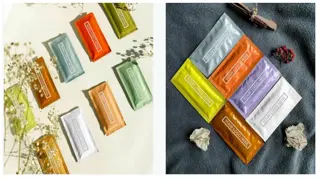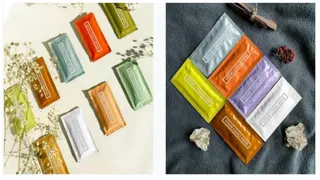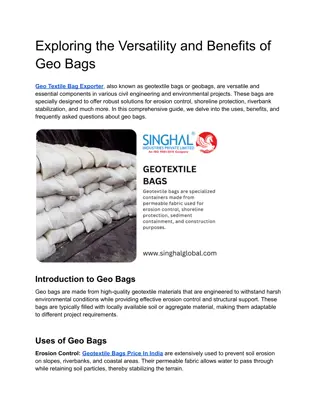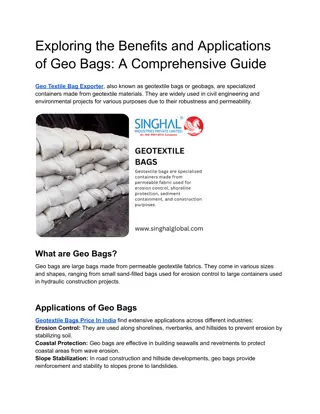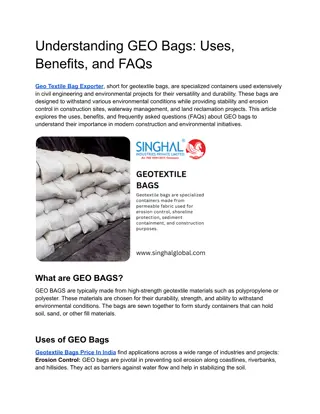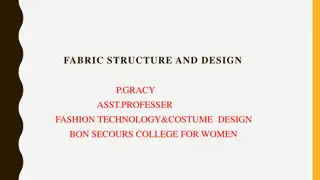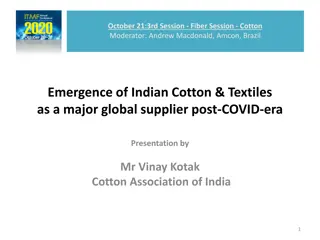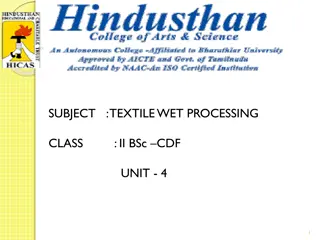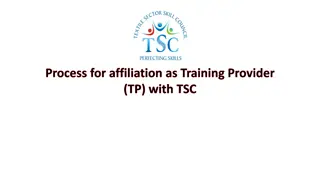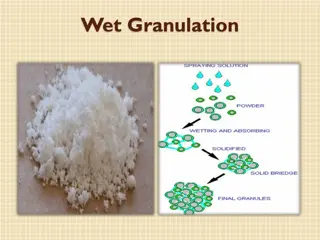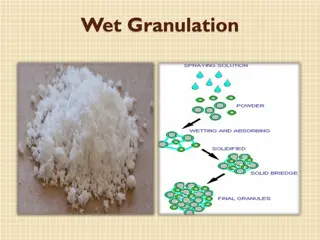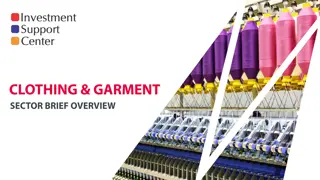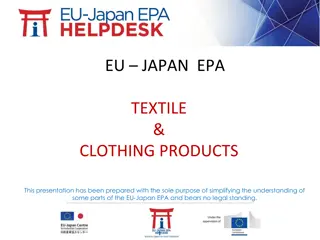Understanding Wet Processing in the Textile Industry
The textile wet processing sector encompasses various crucial processes such as bleaching, dyeing, printing, and finishing. These processes are essential to prepare textiles for coloration and enhance their properties for different end-uses. Wet processing involves stages like preparation, coloration for aesthetic or functional purposes, and finishing to meet specific demands. It ensures that textiles are free from impurities, properly colored, and equipped with desired properties, like water repellency or flame retardancy. Wet processing plays a significant role in enhancing the appearance and functionality of textile products.
Uploaded on Sep 26, 2024 | 0 Views
Download Presentation

Please find below an Image/Link to download the presentation.
The content on the website is provided AS IS for your information and personal use only. It may not be sold, licensed, or shared on other websites without obtaining consent from the author. Download presentation by click this link. If you encounter any issues during the download, it is possible that the publisher has removed the file from their server.
E N D
Presentation Transcript
What is wet processing: The textile wet processing sector of the textile industry exist in order to carry out all the processes on the textile that involve some form of wet treatment. It include the process such as Bleaching Dyeing Printing Finishing
Functions of wet processing Three type of process involve in textile wet processing Preparation process Exist to ensure that the textile has the right physical and chemical properties to enable it to be colored or finish. For example Scouring Bleaching Heat setting etc.
Functions of wet processing Preparation process : Textiles are often in vary impure state when arrived at the coloration stage like a woven fabric still contain a great deal of impurities when arrives at dyeing or printing stage. These impurities must be removed before dyeing and printing otherwise they spoil the coloration process and appearance of textile. Man made fibers also will need to be cleaned up in some cases.
Functions of wet processing Coloration process color either for aesthetic reasons or for some functional purpose determined by the end use of the product. The process by which the textile materials are coloured by different types of dye or pigments, related chemicals required water is called dyeing. Localized application of dyestuff or pigments on fabric according to the predetermined design is called printing. Exist to provide the textile with For example Dyeing Printing
Functions of wet processing Coloration process: we no only color textiles in order to make them more attractive but also for some important purposes like printing of military uniform for camouflage purpose not for aesthetic purpose.
Functions of wet processing Finishing process Exist to provide the textile with the properties that the end use demands and which have not already been provided by any earlier process. For example Water repellency Antimicrobial flame retardancy etc.
Function of wet processing Finishing process: As the name suggest finishing processes comes at the end of a series of processes typically right at the end of the whole processing sequence of textile. When textile reaches the finishing stage, the process have gone before may have impaired or even destroyed some of the properties of the fiber that it would be desirable to have retained in the final product. The finishing process is carried out to re-introduced the properties or to increase them.
The processing of textile from the original loose raw fiber to the final product it is helpful to understand when processes could occur.



